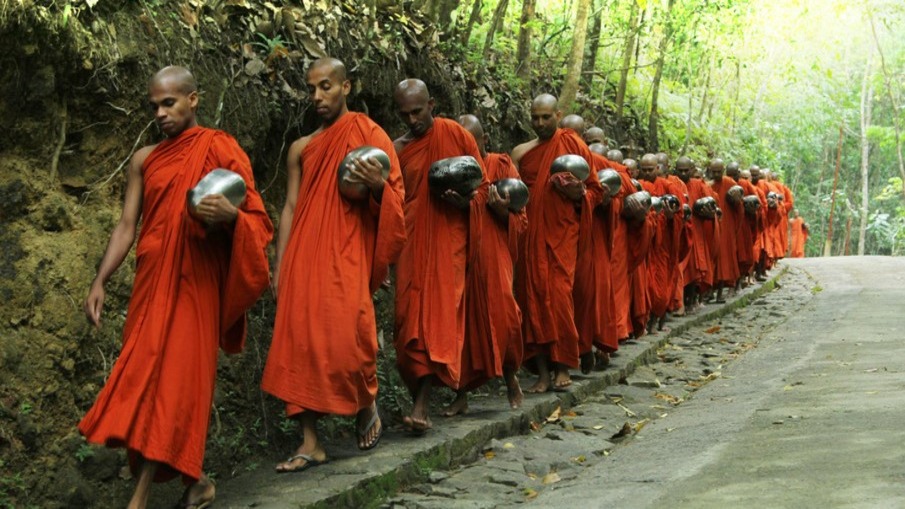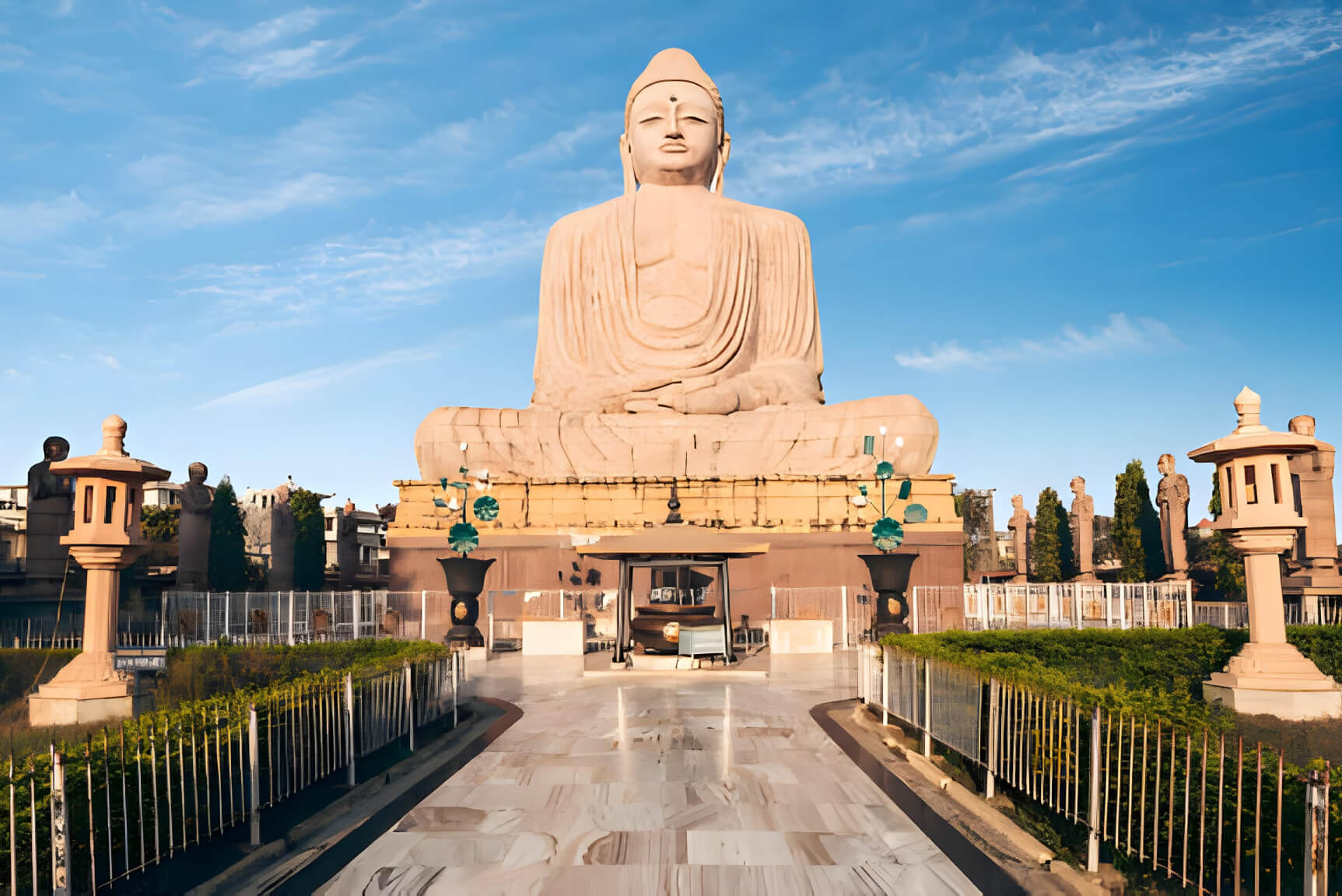
Bodh Gaya – After Parinirvana Of Buddha
The history of Bodh Gaya after the parinirvana of the Buddha is a story of kings, scholars, Chinese travellers and the merciless destruction of invaders. Buddhism took its first step to becoming a world religion when in the 3rd century BCE the Mauryan king Ashoka began a campaign to spread the word to other kingdoms. He built many stupas, the dome shaped memorials; viharas, the monasteries and chaityas, the temples all dedicated to the Buddha and the Sangha. Ashoka sent religious embassies to other kingdoms and sent saplings from the Bodhi Tree to Sri Lanka with his son Mahendra and it was planted at Anuradhapura.
The Chinese pilgrim Hsuan Tsang visited Bodh Gaya in the 7th century CE and mentions a shrine built by Ashoka called Bodhi Ghara. No record remains of this shrine except a carving found in the stupa at Bharhut that shows the Bodhi tree surrounded by a gallery with arched doorways. By the time Hsuan Tsang came to Bodh Gaya the Bodhi Ghara had disappeared and the temple he saw was a building with a soaring spire very like the present temple.
Bodh Gaya was patronised by many royal families like the Guptas, Sungas and then the Palas and Senas of Bengal and they all added to the main shrine and also built viharas and stupas. Many inscriptions have been found including one from the Gupta period that calls the shrine, “vajrasana-vrihad-gandhakuti” – the great perfumed hall that holds the diamond throne.
By the time Hsuan Tsang came to India, during the reign of King Harshavardhan, the influence of Buddhism was waning in India because of a resurgent Hinduism that had included the Buddha as an avatar of Lord Vishnu. Still the two religions co-existed peacefully in the country till the arrival of the Muslims in the 11th century.
Hindu temples and Buddhist chaityas and viharas were attacked by Muslim armies mainly for their wealth and destroyed. Hinduism survived this onslaught but when Sarnath, Bodh Gaya and Nalanda were ruined, the monks fled and Buddhism as a faith vanished from India. The burning of the great university of Nalanda and its famous libraries meant that all records of the religion were destroyed and the teachings of the Buddha were forgotten in his homeland. In the nineteenth century British scholars revived the history of Buddhism from the manuscripts in Tibet, Sri Lanka and China. Sadly, India, the home of the Buddha had forgotten him.
In the Muslim period, a Hindu priest occupied the Mahabodhi temple and turned it into a Shiva shrine. Occasionally Sri Lankan and Burmese pilgrims visited the place and the royal family of Burma tried to repair the shrine. Over the centuries the temple became dilapidated and nearly collapsed in a flood. Then the British archaeologist Alexander Cunningham arrived here in the nineteenth century and began renovations and Buddhism returned to Bodh Gaya.
In 1881, the Sri Lankan monk Anagarika Dharmapala founded the Mahabodhi Society and began the revival of the faith in India. He once again regained the holy Buddhist sites like Bodh Gaya and Sarnath and soon the Buddhist pilgrims returned to these sacred spaces and gradually Indians once again discovered the teachings of the Buddha and came to Bodh Gaya to worship the Tathagata.
Find Your Perfect Read
Explore More
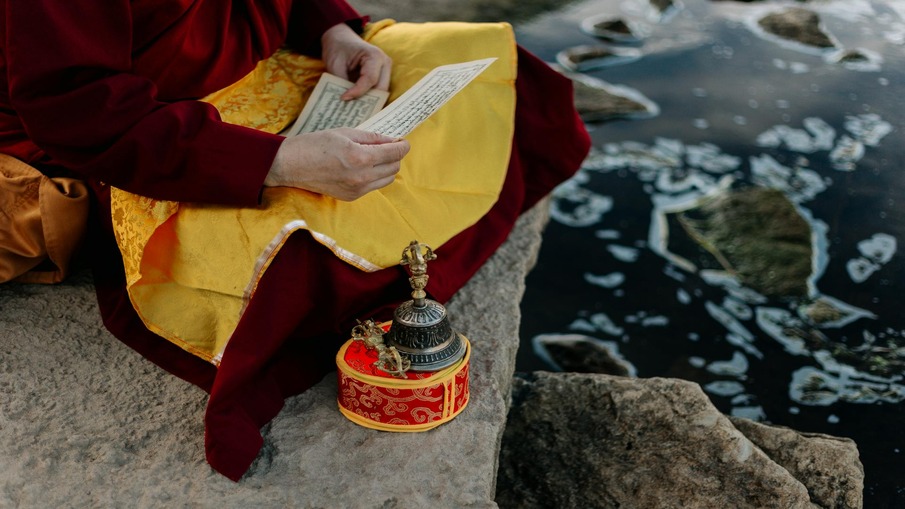
At Uruvela
After leaving his kingdom of Kapilavastu, Prince Siddhartha Gautama wandered around present day Bihar....
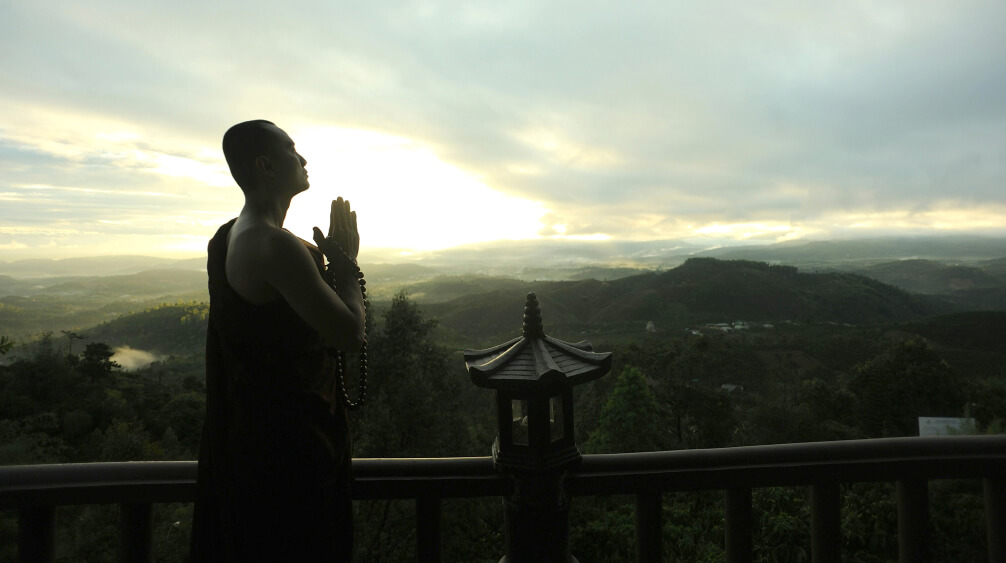
Final Enlightenment
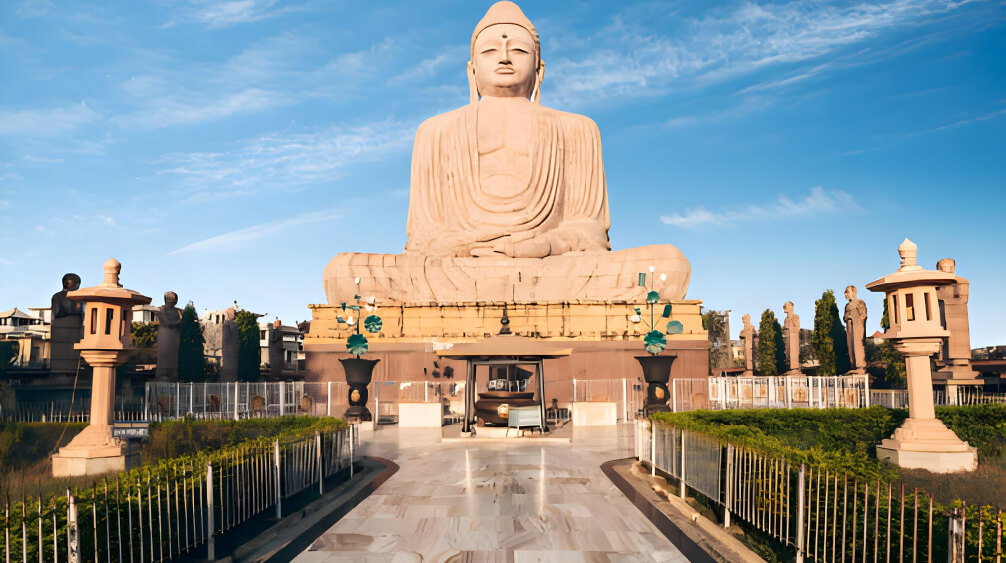
Bodh Gaya- After Parinirvana of Buddha
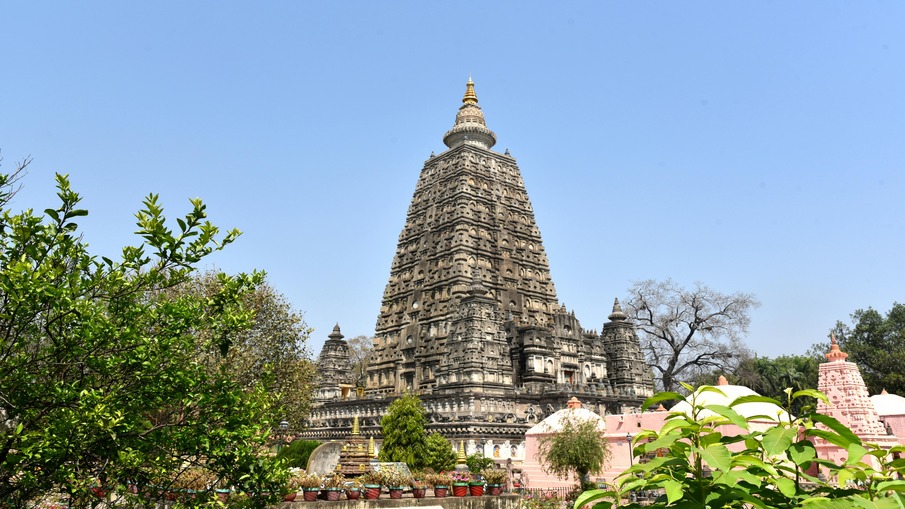
The Mahabodhi Mahavihara
This temple symbolises the far reaching power of Buddhism. The temple is 52 metres high and built...
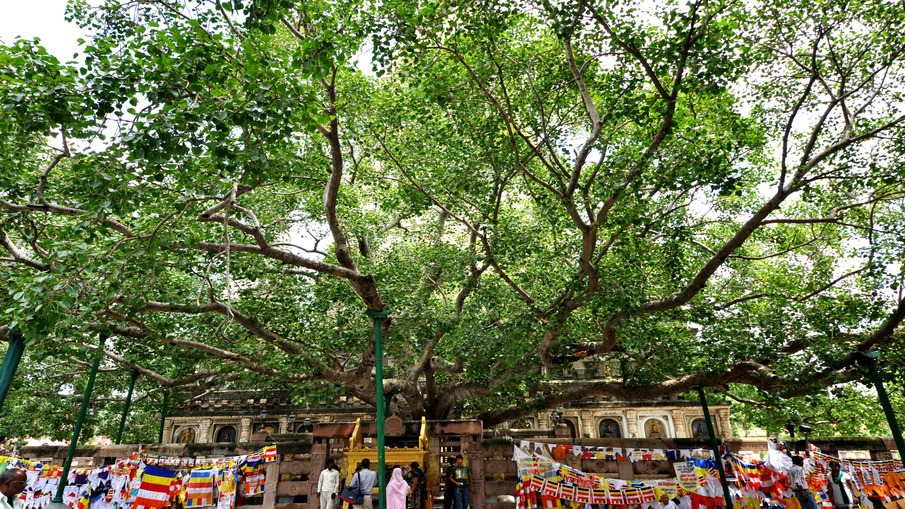
The Bodhi Tree
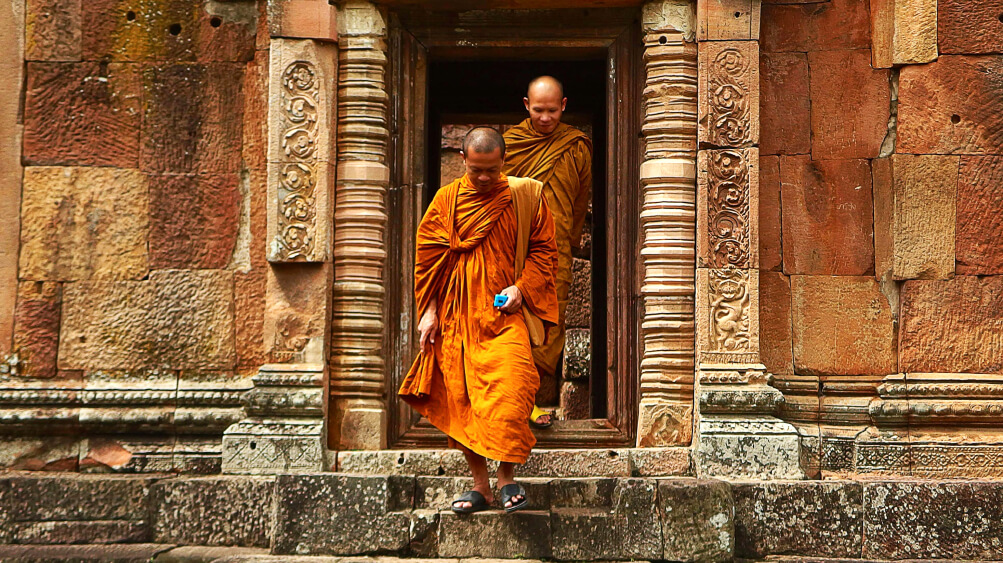
Monasteries
The people of India forgot the Buddha but he was worshipped n the countries where Buddhism ...
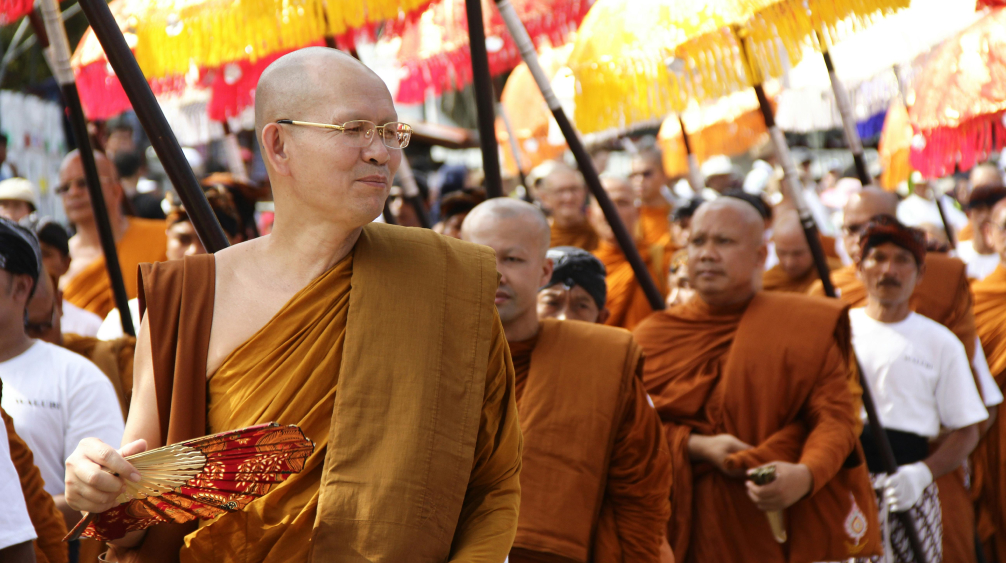
Festivals In Bodh Gaya
The day of Buddha Purnima is said to be thrice blessed. It is the day when Prince Siddhartha Gautama was born.
